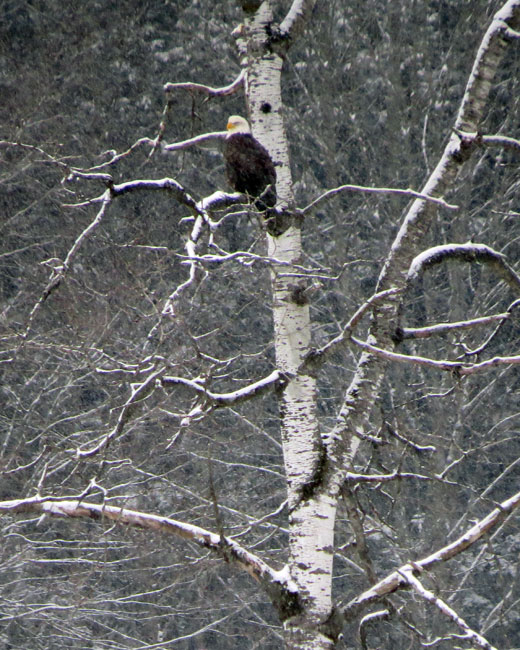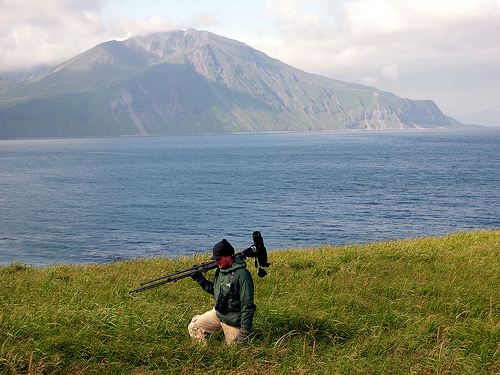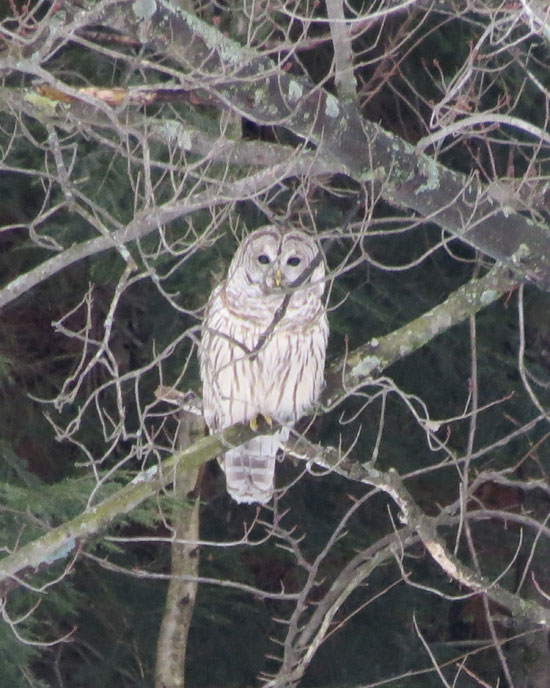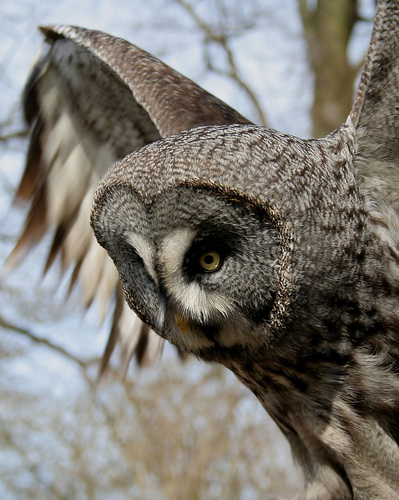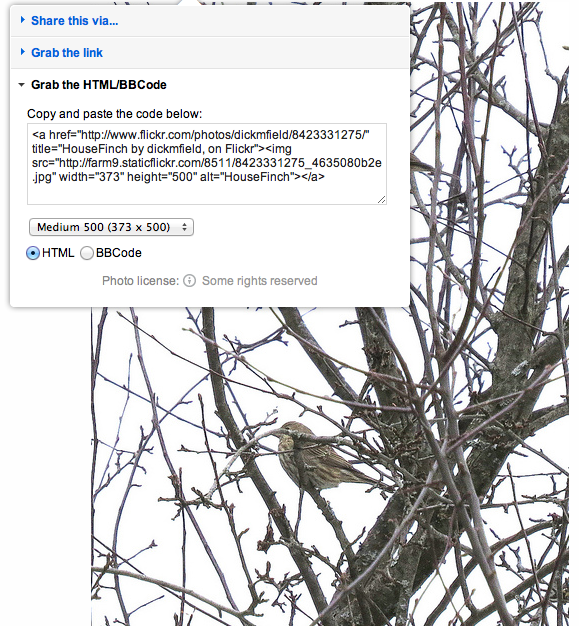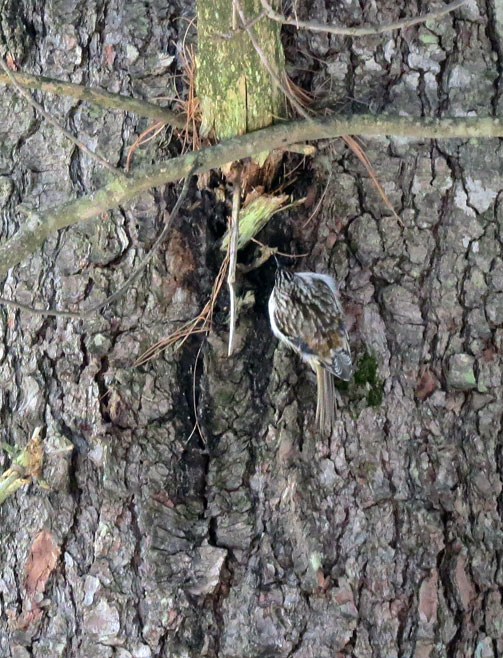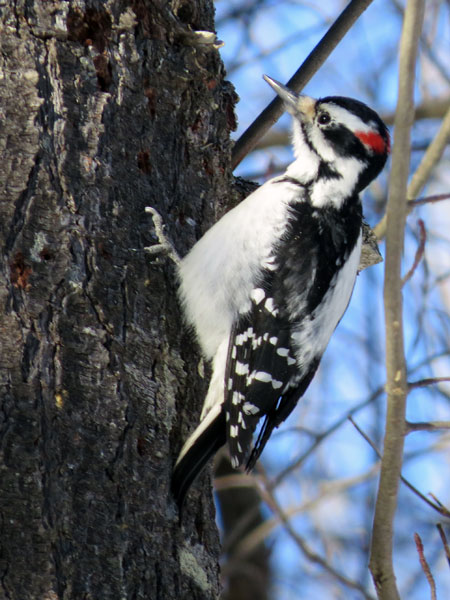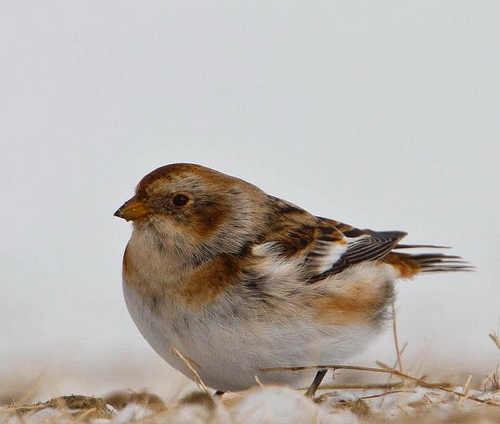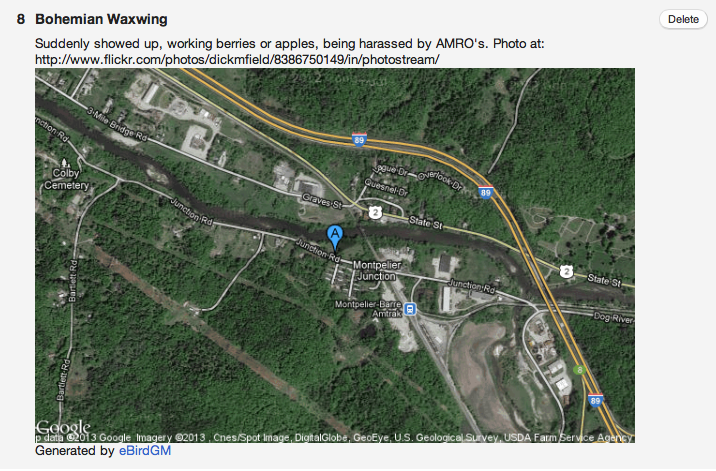We arrived in Nome only three hours behind schedule. Now we had to secure our transportation – we have two vans waiting for this pack of 16. At the van company we find that we will run into their July 4th celebration and both gas stations will be closed so we need to keep that in mind. I have a feeling that in Nome they celebrate anything they can.
Now back to the airport and we load everybody and head for our home. Sixteen very anxious birders simply enter the house and deposit their luggage on the floor. Room and floor assignments can wait. Off to the general store for a “Drummond food raid.” All of you that have been on one of Bill’s trip know what this is like. Everything done and now finally we can say , “Lets go birding!” Avian hunters searching for their victims.
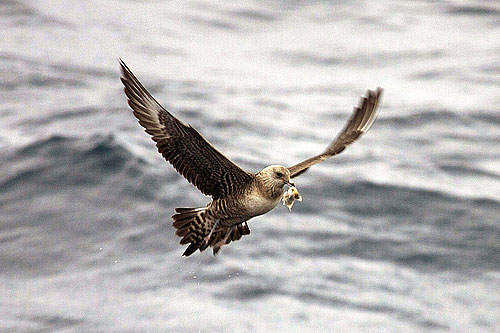
One of the first birds we saw was the magnificent Long-tailed Jaeger. photo by Seabamirum
A trip to the mouth of the Nome River yielded Yellow Wagtail, Long-tailed Jaeger, and Bar-tailed Godwit. It’s amazing how all the misfortunes of days gone by simply vanish. This is going to be an unforgettable trip with no more problems. Wrong!
We had a flat tire on one van the first night. It was no problem since we had enough tire sealer and it worked. Tomorrow morning I’ll get the tire plugged. At dinner Bill tells us ,”We’ll have a really big day tomorrow.” And in “Drummond speak” it means one thing. Tomorrow will be an intense day of birding. Now we settle in for the night which of course is a relative term here as it’s daylight outside at 11 PM.
Good morning! It’s 4:30 AM , rise and shine. Have breakfast, get the tire fixed and head out. Safety Lagoon our first objective for the day where we get Willow Ptarmigan, Sabines Gull, and Aleutian Tern. Now we plunge headlong and I begin my battle with the infamous Kougarak Road. Eighty-four bone jarring bumps, potholes, and rocks one way. Why would sixteen reasonably intelligent people punish themselves by traversing 168 miles of the worst road created? For the sheer joy of birding and sharing experience with friends. And of course one special prize.
As we near the end of the road Bill remarks that he had this bird nesting here two years ago over there. As three intrepid souls began to walk “over there .” When this means over tussocks and soft marsh and finally a small stream and up a hillside a one mile walk was like an obstacle course. But we had a mission as the three spread out searching. Suddenly off to my right the tell-tale rattle and we had the Smiths’ Longspur in breeding plumage. Now it’s time to go back and get the rest of the group and make the trip out again. This time I didn’t notice all the footfalls and tundra. Everyone was going to see this bird and they did. The drive back was still brutal.
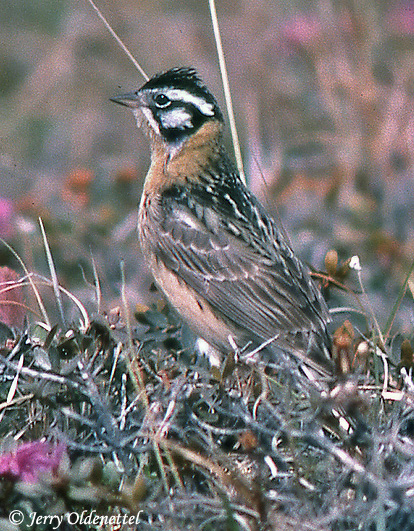
The rarely-seen Smith’s Longspur was worth the tough drive and strenuous hike. photo by jerryoldenettel
The beauty of the panorama that unfolds is breathtaking. There are gently rolling fields of green adorned with alpine flowers, all flowing across swales and hills and the ever present counterpoint of a phalanx of snow capped peaks and rock strewn escarpments. This was only the beginning as Mother Nature would show me her finest in the days ahead.
It is a land of extremes. As I sit here on the rocks at 10:30 PM adding to my journal, a Russian trawler sits offshore. The surf pounds constantly and then suddenly a rainbow appears and just as quickly the artist removes the creation. Still this could be a lucky omen for tomorrow.
Back up the Kougarak and we start off with Slaty-backed Gull. We then drive for 25 miles in fog. At times it seemed ethereal as we ascended this roadway into the clouds – ” Birders of the Mist.” The fog hides the potholes and I missed seeing one and almost put someone through the roof of the van. The dust has also permeated itself into and onto everything. Clothes, equipment, lungs, food – nothing escapes.
The Bluethroat was the prize today. After the 84 mile one way trip we faced a 3 mile roundtrip hike and swarms of mosquitos. Definitely worth the effort. In the wilderness easy birding is an elusive objective. On the way back we add Rock Ptarmigan. And bid a fond farewell to this road of torture.
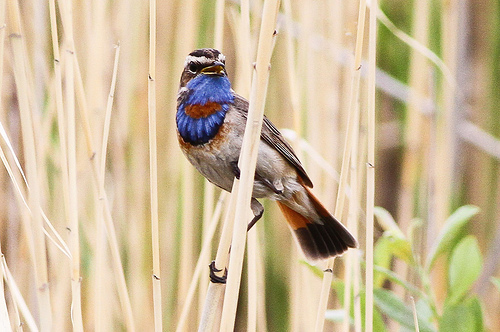
Red, white, and a BlueThroat for 4th of July birding. photo by sussexbirder
July 4th – Happy Independence Day or whatever else you care to call it. A bright sunny morning greeted our weary bodies and we were only in the first part of our trip. On to Hastings Creek and the rainbow delivers: a magnificent Spectacled Eider. What a treat – this bird is not supposed to be here at this time. A great way to start the day.
On to the town pier and a White Wagtail. Actually we had three with a male displaying like a Grouse. Tail cocked straight up, wings spread out and fluttering, and becoming aggressive when challenged. This dominant male would pass on his genes to many more generations to come thus helping insure the survival of the species.
Now we headed for the Teller Road, another non-paved road but less torturous then our friend the Kougarak. We add Arctic Warbler and on the way back we stop at a small body of water and find a very special bird. Sitting rather nonchalantly is an Arctic Loon in perfect light and close enough to clearly establish its identification. The Teller Road has a much different look than the Kougarak. It is more pastoral with vast expanses of gently rolling hills. Old wooden mining structures are silent sentinels and reminders of the gold rush days.
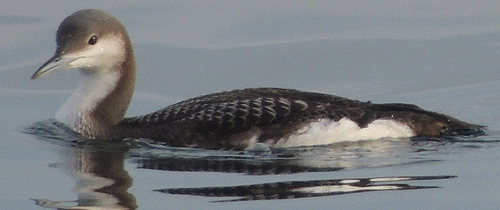
An Arctic Loon capped off our Nome-area birding. photo by logan kahle
Our last morning in Nome is a foggy, rainy, overcast day. Our concern is getting back to Anchorage. If we don’t make the right connection we will miss our flight to the Pribilofs. Despite our previous bad luck everything works according to plan. A few thoughts about Nome before we leave. Nome is like an island on the Seward Peninsula.You cannot drive there and the three main roads out lead nowhere. The
Polar Cafe has the best blueberry pancakes in the world. In 1989 it was hard to imagine living there and I can’t believe it has changed much.
We are at the airport and the visibility clears and we get out in a hurry. Airborne again, on to Anchorage, a metropolitan city where we can shower and wash our clothes. Wrong again! Just before we land a car smashes into a telephone pole and the hotel has no electricity. Finally late that night power came back on and shower and laundry were accomplished.
The morning had the 16 vagabonds on the way to the airport and no delays right onto the plane and here we go on to St. Paul Island in the Pribilofs.





